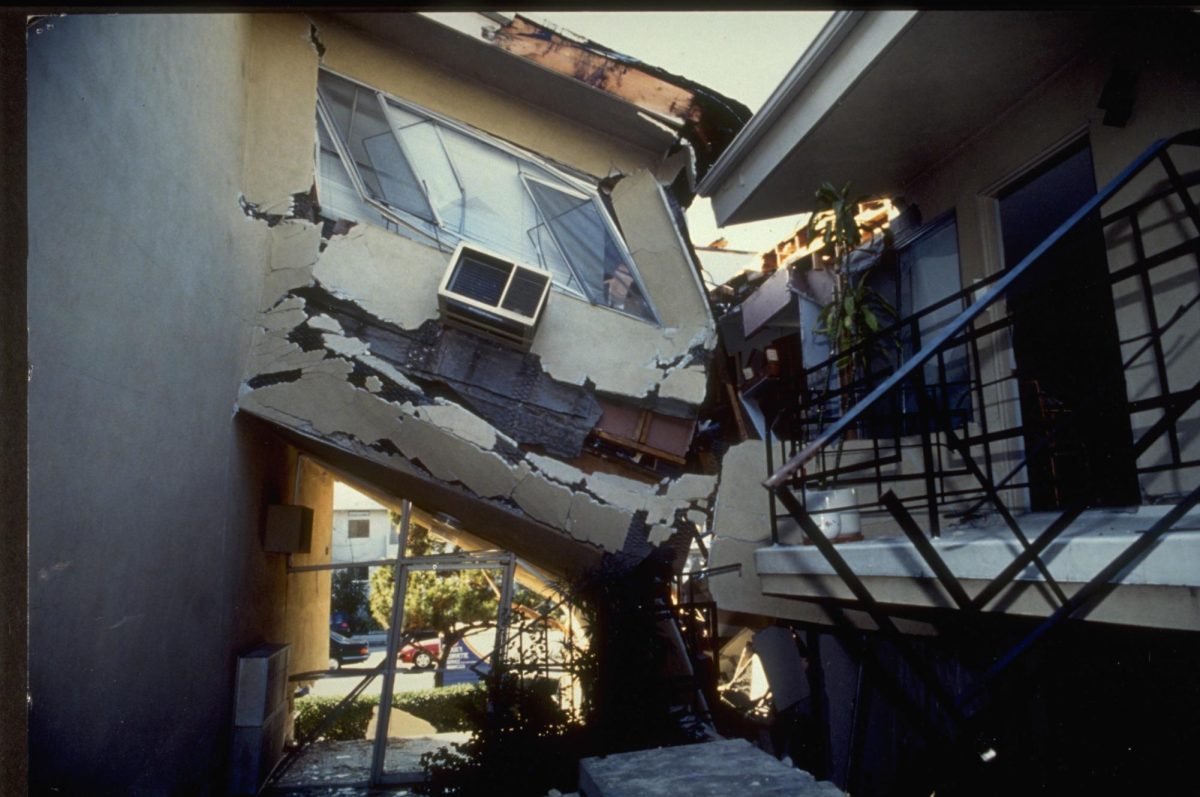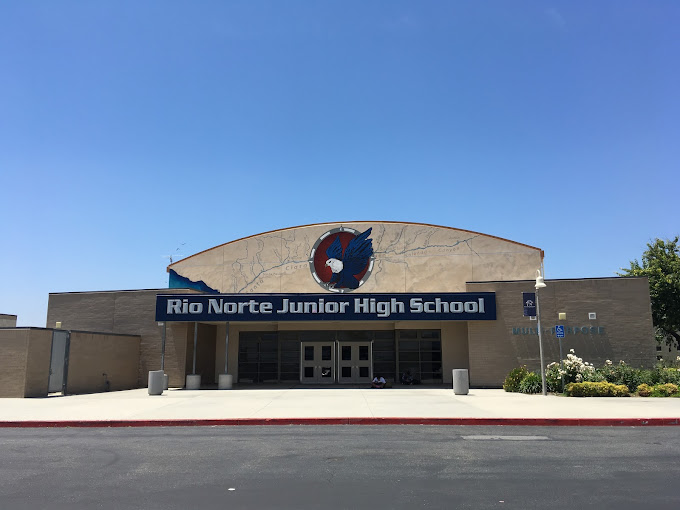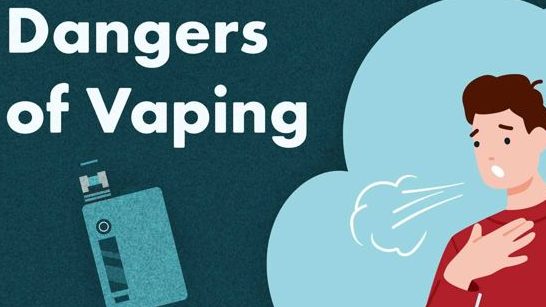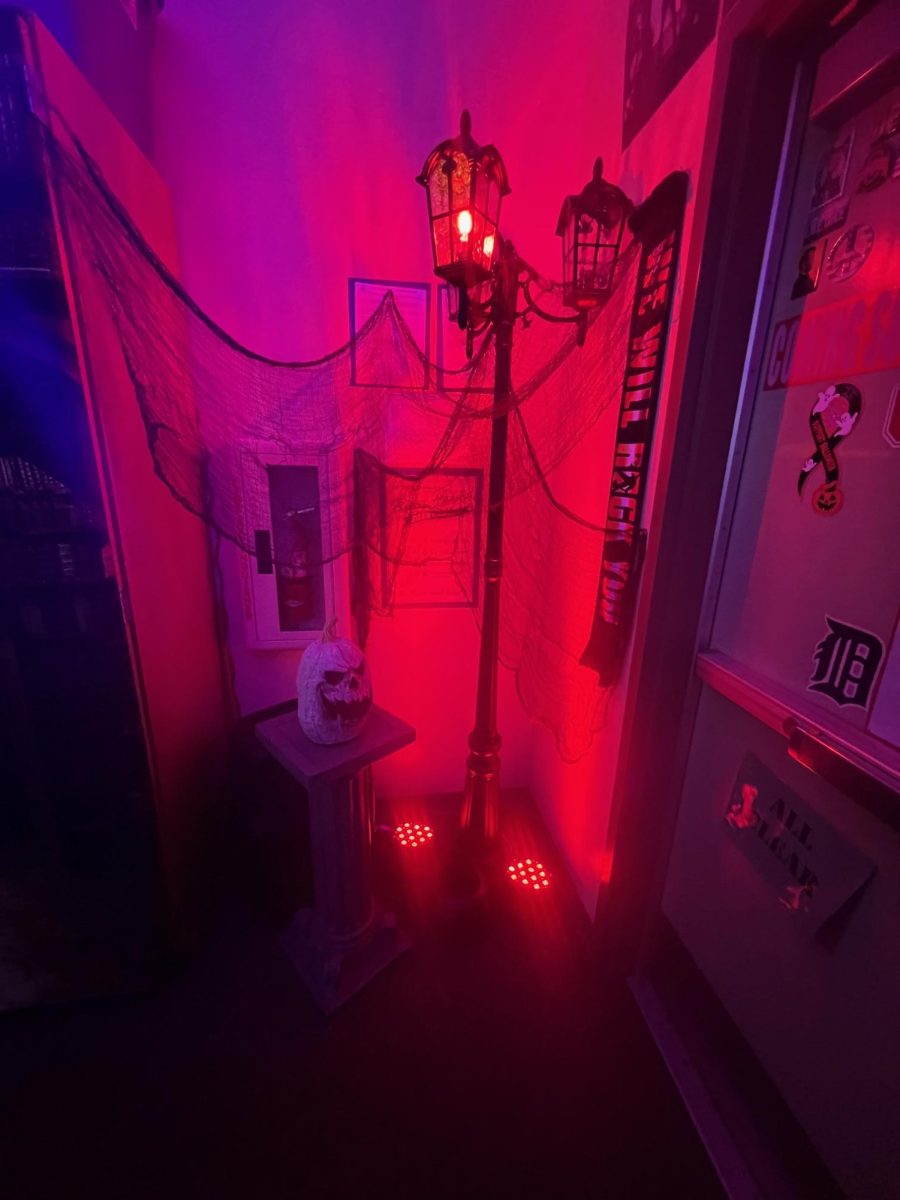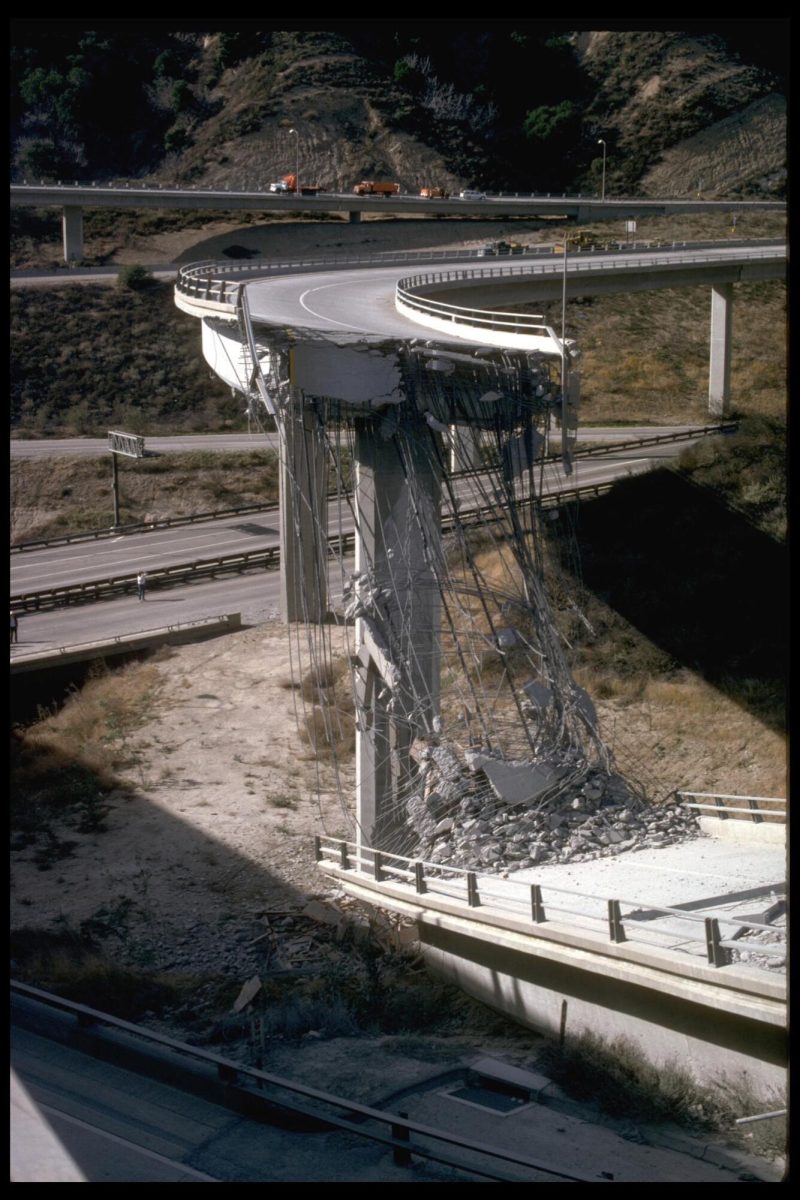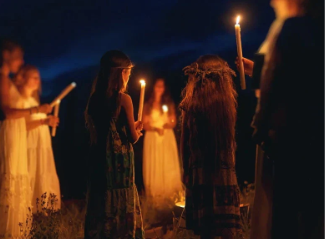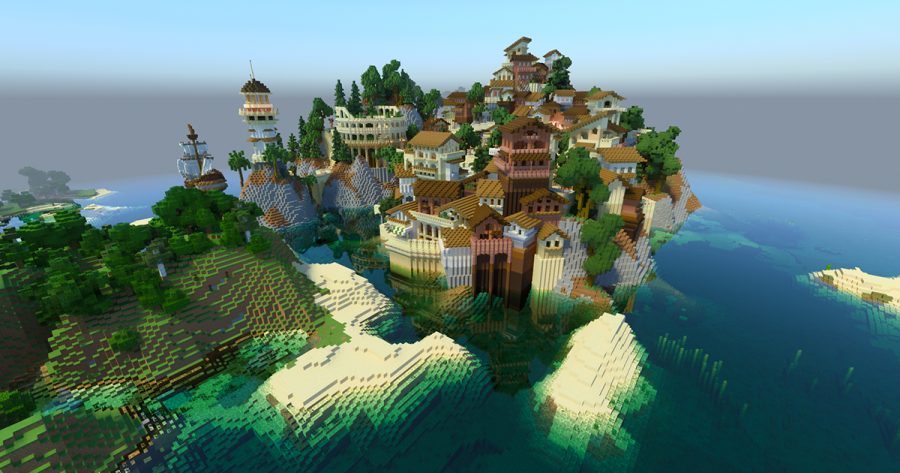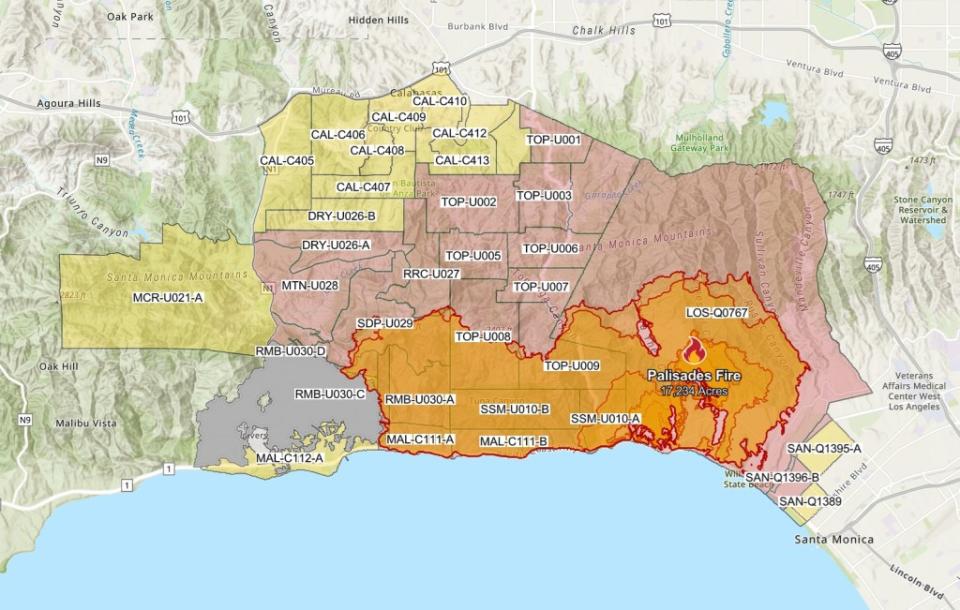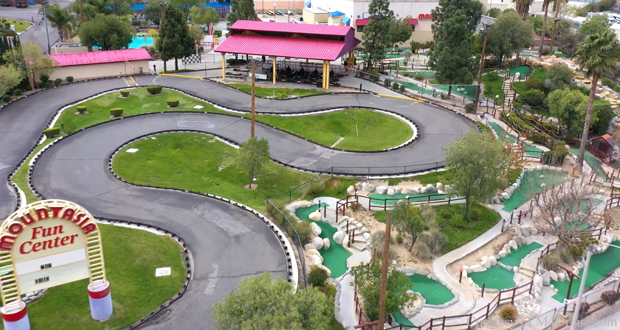On Monday, January 17, 1994, at 4:30 am, disaster struck eight miles below the surface in the San Fernando Valley, disrupting the peace for many. Buildings were destroyed and highways were crushed down, killing 57 people and injuring over 9,000. This is what happened during the Northridge earthquake, one of the largest at 6.7 on the Richter scale and the most costly earthquake at the time. Although it lasted only 8 seconds, it was life-altering for many people.

According to Britannica, this earthquake was caused by an undiscovered thrust fault, also known as a reverse fault, that became compressed. This causes the violent shaking we know now as an Earthquake. This shaking depends on the Richter scale. If the number is higher, it means the earthquake was more severe; if the number is lower, the earthquake was less severe. This shaking was extremely severe and caused seven highway bridges to collapse, resulting in hundreds of people sustaining significant injuries. Even though the initial earthquake only lasted 8 seconds, there were over 10,000 aftershocks! This meant the earthquake actually went into Tuesday afternoon, due to the sheer amount of aftershocks. These aftershocks also caused damage to the already collapsed freeway bridges and more damage to the houses people called home.
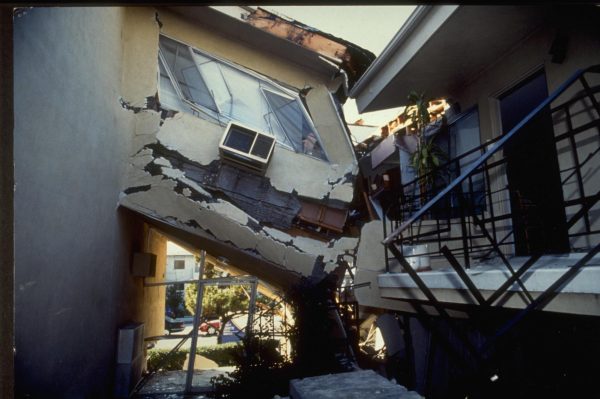 Michael Barber, a resident of Santa Clarita, experienced the Earthquake when he was 20 years old. He said many things fell over during the Earthquake. The shelves in the garage also crashed down onto his dad’s Corvette. Once the initial shock was over, he realized he had lost all power and got up to assess the damage to his home. Some people came outside, but one neighbor refused to go back into their house due to the fear that it would collapse. Barber says, “The earthquake woke me up from a deep sleep, and it was a terrifying experience. The feeling was unexplainable and the most unnatural feeling. It felt like being stuck in a crashing wave in the ocean, but in your own house.”
Michael Barber, a resident of Santa Clarita, experienced the Earthquake when he was 20 years old. He said many things fell over during the Earthquake. The shelves in the garage also crashed down onto his dad’s Corvette. Once the initial shock was over, he realized he had lost all power and got up to assess the damage to his home. Some people came outside, but one neighbor refused to go back into their house due to the fear that it would collapse. Barber says, “The earthquake woke me up from a deep sleep, and it was a terrifying experience. The feeling was unexplainable and the most unnatural feeling. It felt like being stuck in a crashing wave in the ocean, but in your own house.”
Because of the shock, no one really knew what had happened. Little did they know the amount of damage that had actually been done. SCEC says that due to the failure of proper earthquake construction, 112,000 structures were damaged. This led to power outages, ruptured gas lines, fires, explosions, blockage in communication efforts, and major traffic. Imagine trying to drive to work! This caused even more money to be needed due to the destruction. In total, 20 billion to 35 billion dollars was spent to repair everything that was damaged during the earthquake, and months were spent rebuilding the freeway bridges. Some houses took years to get fully repaired.
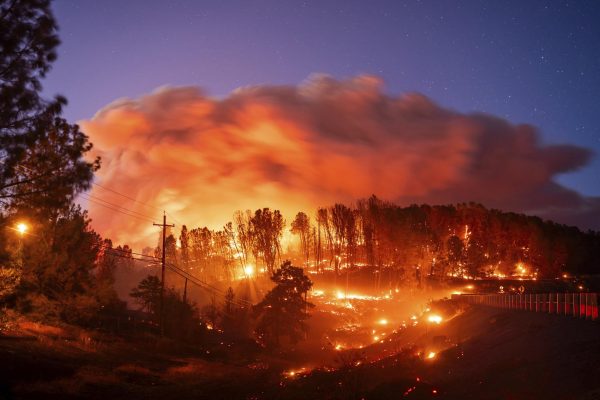 The Northridge Earthquake also happened to set some records. As mentioned above, it was the most costly natural disaster in U.S. History at the time. It also generated the strongest ground motions ever recorded in an urban setting in North America. Although the earthquake had a relatively moderate magnitude, there was substantial damage to buildings with wood frames, steel frames, and highway bridges. These records further explain that the Northridge Earthquake left a big dent on everything in its path.
The Northridge Earthquake also happened to set some records. As mentioned above, it was the most costly natural disaster in U.S. History at the time. It also generated the strongest ground motions ever recorded in an urban setting in North America. Although the earthquake had a relatively moderate magnitude, there was substantial damage to buildings with wood frames, steel frames, and highway bridges. These records further explain that the Northridge Earthquake left a big dent on everything in its path.
In conclusion, the Northridge Earthquake was a significant event that impacted thousands of people and structures. The Earthquake is an unforgettable experience that will live in our history forever. Even though it was devastating, it will stand as a learning lesson, showing how lucky we are that it wasn’t worse. The help and support of everyone help us understand that we can come together as one and help those who are hurt.
